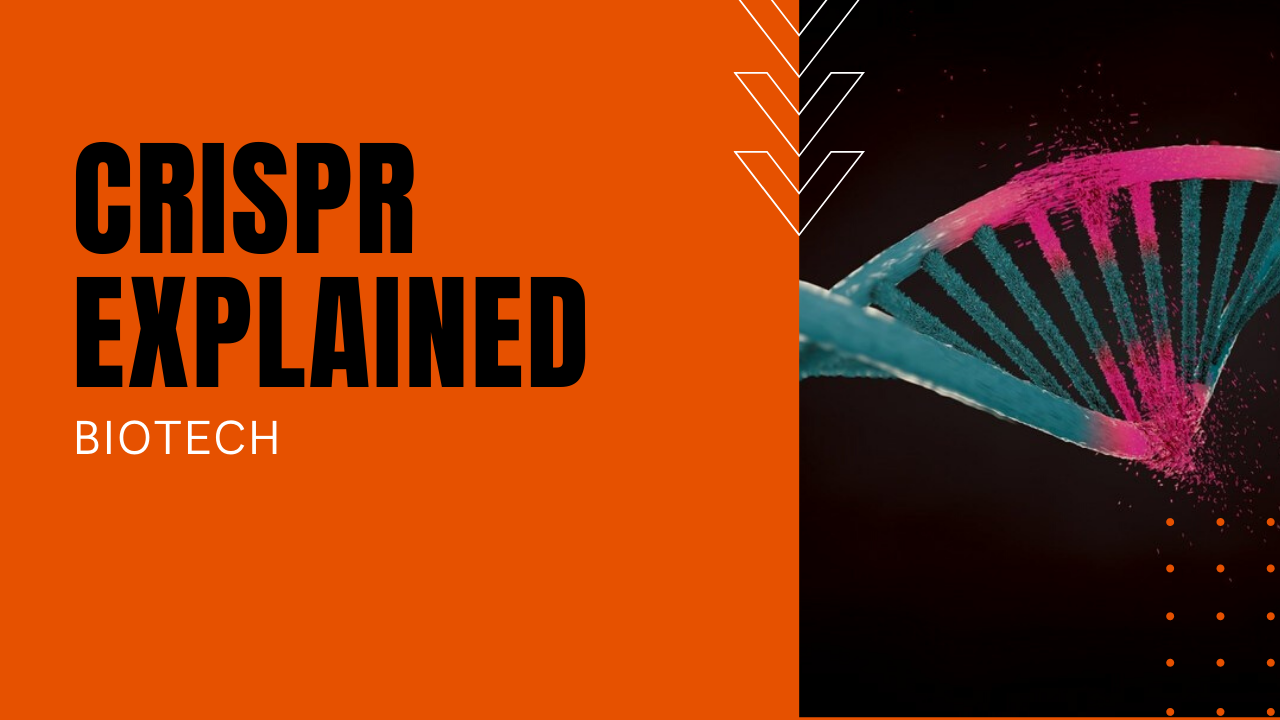What is CRISPR? DNA Sequence Editing Technology Explained

What is CRISPR?
CRISPR is a revolutionary advancement in science that allows scientists to edit and sometimes repair damaged human genes. CRISPR technology allows for changing the sequence of DNA in cells in a precise manner, which allows scientists to correct mutations that might otherwise cause disease, allowing scientists to do a number of things that they were incapable of doing before.
For example, they can study how diseases work by having two populations that are closely related to each other. CRISPR can then delineate how diseases spread from one population to the other.
Genetically Modified Organisms (GMO) with CRISPR
Scientists can now modify bacteria and algae to produce useful by-products such as medicines or bio-fuels that work much like microscopic factories. CRISPR can modify foods to make seed stock disease or pest-resistant in a way that is much more accurate and precise than previous methods of DNA manipulation.
How CRISPR and CAS-9 Works
CRISPR activates a protein called CAS-9, which functions as a molecular scalpel on DNA. The CRISPR CAS-9 system has an amazing ability to recognize a particular DNA sequence in a cell that might be malfunctioning, and then disable it by cutting or editing the DNA.
For CAS-9 to find the malfunctioning DNA sequences, scientists attach it to an RNA sequence that matches the DNA sequence they want to edit, then they inject this RNA/CAS-9 combination into the affected cell. It then hunts down the mutant DNA and uses a chemical reaction to cut the strand right at the spot where it’s malfunctioning. After that, they can sometimes insert the correct version of the gene for the cell to work properly again.
